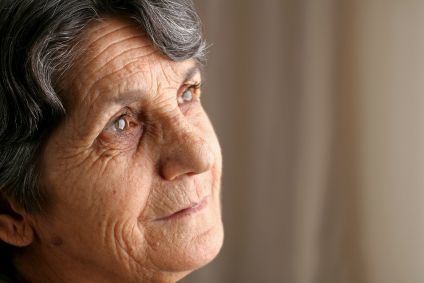Studies show that 12 million people in this country need long-term care. Mercifully, 21% of American adults give of themselves to provide free caregiving for loved ones. Specifically, 44.4 million people are caregivers – those who provide unpaid care to another adult. 59% of these caregivers either work, or have worked, while providing care. 62% made adjustments to their work life by taking time away or leaving their jobs entirely.
“We learn from the report that with the shortage of healthcare workers in the U.S., and the high cost of care, caregivers represent the backbone of the way care is delivered,” said Sibyl Jacobson, president and CEO of MetLife Foundation, a supporter of Alzheimer’s research and aging programs. “It directs attention to a growing health concern – the well-being of caregivers.”
Some of the key highlights of the 2005 study conducted by the National
Alliance for Caregiving include:
More caregivers are women (61%) than men (39%), and 60% of them are working
full-time.
The “typical” caregiver is a 46-year-old woman with some college
education who works and spends more than 20 hours per week caring for
her mother.
Many caregivers work either full or part-time while providing care (59%).
More than six in ten (62%) working caregivers say they have had to make
some adjustments to their work life as a result of their caregiving responsibilities.
Male caregivers are more likely to be working full or part-time (66%)
than female caregivers (55%).
On average, caregivers provide 21 hours of care per week. Nearly half
(48%) of all caregivers say they provide eight hours or less of care per
week and one in five (17%) says they provide more than 40 hours of care
per week. The average length of care is 4.3 years.
Overall, female caregivers are providing more hours of care and a higher
level of care than male caregivers.
Because female caregivers give more care, it is not surprising that women
are more likely to report experiencing emotional stress as a result of
caregiving than men (40% vs. 26% in the highest levels of stress rating).
Among caregivers who care for someone other than a spouse, the most burdened
caregivers say they make an average monthly financial contribution of $347.
Caregivers age 50 and older, who tend to care for mothers and grandmothers,
are among those most likely to have provided care for 20 years or more.
Seventy-nine percent of people needing care are age 50 or older. Caregivers
say the main health problems for care recipients over 50 are heart disease,
cancer, diabetes, Alzheimer’s or other dementia. Caregivers say
younger recipients (ages 18-49) suffer mainly from mental illness and
depression.
As these figures suggest, there is a fundamental realignment going on
in our culture as Baby Boomers deal with the day-to-day life-management
problems of their parents.
The “Me Generation” and Gen X-ers, who were once looked at as shortsighted self-satisfiers, have assumed responsibilities in record numbers, caring for their parents in a compassionate and loving manner. Such a responsibility requires a delicate balance of caring for parents and providing for their own family, the true sandwich generation. Families taking care of families fills a void that has developed as medical science extends longevity but society fails to address the realities of elders’ quality of life.
Thousands of Baby Boomers spend every weekend at a parent’s home, giving care as well as taking them to doctors and helping them with other needs. They are consumed with trying to make private elder care the best it can be, and pay thousands of out-of-pocket dollars for aides, so that they can hold down a job.
It’s been estimated that the value of free services given by caregivers totals $306 billion a year. These services are provided by family members without regard to cost because of love and respect for their elders. If as a society we applaud family values, we have to accept that the nuclear family of 2007 includes not only parents and children, but also parents of parents – elderly family members with rights to a quality of life that befits their immeasurable contributions to our world.
Source: The Center for Elder Law

